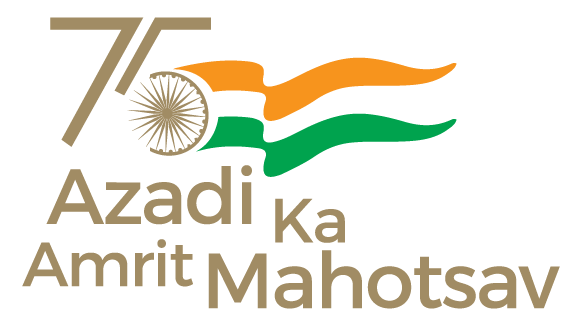
As part of the Azadi ka Amrit Mahotsav, NITI Aayog held a day-long conference on the Aspirational Districts Programme (ADP).
The conference, ‘Sehbhagita se Samriddhi’, saw wide participation from District Collectors and Central Prabhari Officers of Aspirational Districts, officials from Union Ministries and NITI Aayog, and representatives from development partners.
A report, titled ‘Stories of Change’, on 30 innovative interventions by the Aspirational Districts was also released. These interventions—selected on the basis of the usage of behavioural principles, innovation, replicability and potential for impact—demonstrate how behavioural insights can drive outcomes on the ground.
Drawing attention to the high expectations of the people for health service delivery, NITI Aayog Member Dr VK Paul said we needed to strive towards the saturation of key maternal and child health schemes and focus on last-mile service delivery.
Addressing the participants, NITI Aayog CEO Amitabh Kant said, ‘ADP has emerged as a unique platform for development partners to work with the government at the grassroots level. Their active engagement has led to significant progress.’ He highlighted how the partnership between the district teams and the development partners has been instrumental in improving the impact of schemes while improving the understanding of critical requirements of the districts.
Five sessions on ‘State Capacity’, ‘Education’, ‘Agriculture’, ‘Skill Development and Livelihood’, and ‘Health’ were held. The ‘State Capacity’ session focused on challenges and emerging best practices for improving last-mile service delivery through behaviour change communication and efficient data management. Local initiatives led by districts, such as that in Dumka in Jharkhand for strengthening block- and panchayat-level functionaries, were discussed.
Efforts of the government and development partners for addressing learning loss among children during the pandemic were discussed in the session on ‘Education’. Special initiatives led by districts such as Virudhunagar, Tamil Nadu, and Nuapada, Odisha, for addressing learning gaps and bringing back out-of-school children were presented.
The session on ‘Agriculture’ focused on challenges that directly affect farmers such as dwindling water tables, small per capita land holdings, and climate change. It also focused on developing targeted action plans, infrastructure development for the value chain and ensuring access to market and technology. Several initiatives such as water rejuvenation projects undertaken in Aspirational Districts were shared.
The ‘Skill Development and Livelihood’ session focused on developing demand-based and context-specific livelihoods in the Aspirational Districts, particularly in the context of SHGs and other micro-enterprises. Special initiatives led by districts such as Dantewada in Chhattisgarh in addressing challenges through Farmer Producer Organizations and effective methods of tracking livelihood opportunities and benefits accorded to the households were discussed.
The session on ‘Health’ focused on the role of development partners in supporting existing government staff to build capacity, particularly in initiatives to reduce malnutrition, and anaemia among women through rice fortification, millet-based recipes under the Integrated Child Development Scheme, and NITI’s pilot project to streamline the Government of India’s Anaemia Mukt Bharat interventions in five districts in Jharkhand.
***
DS/LP/AK



